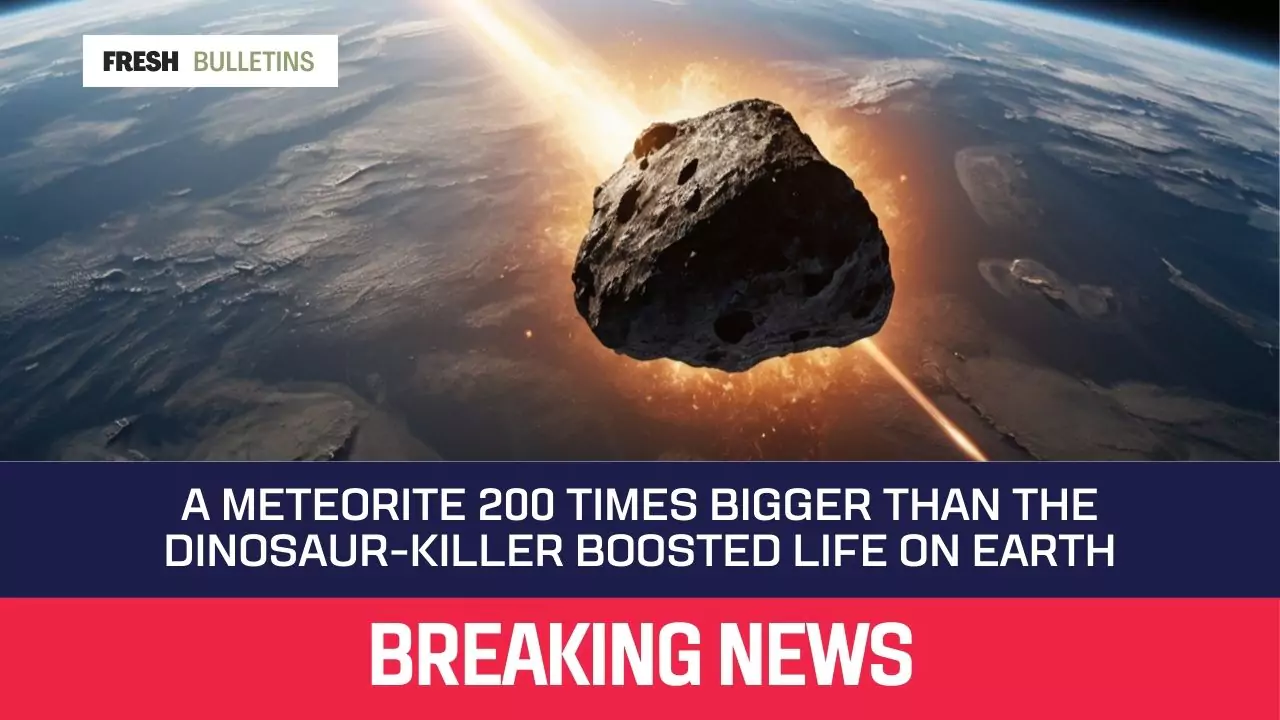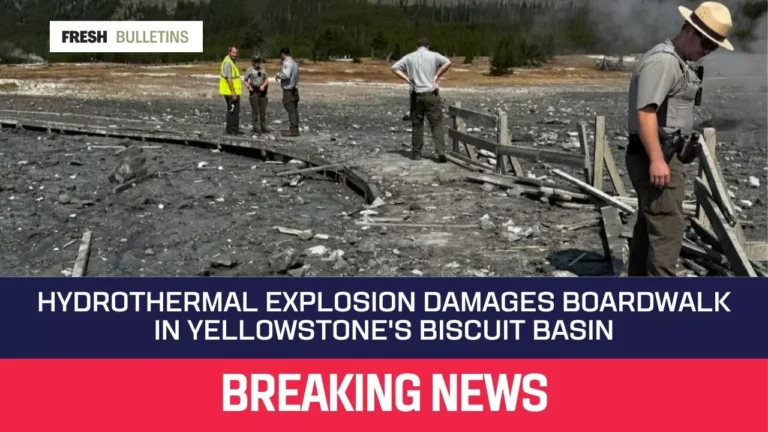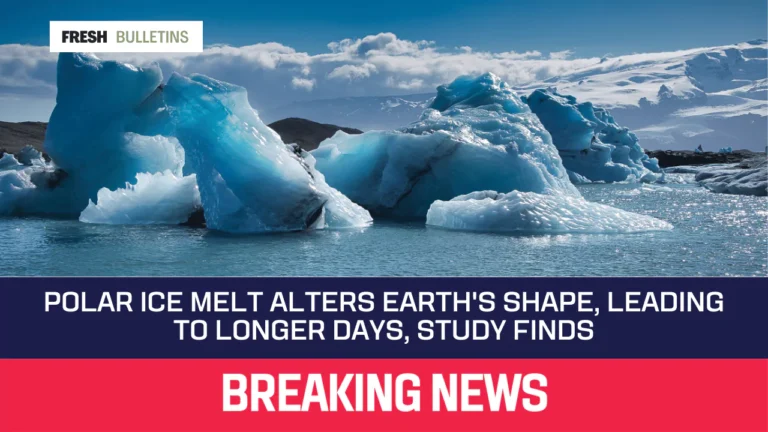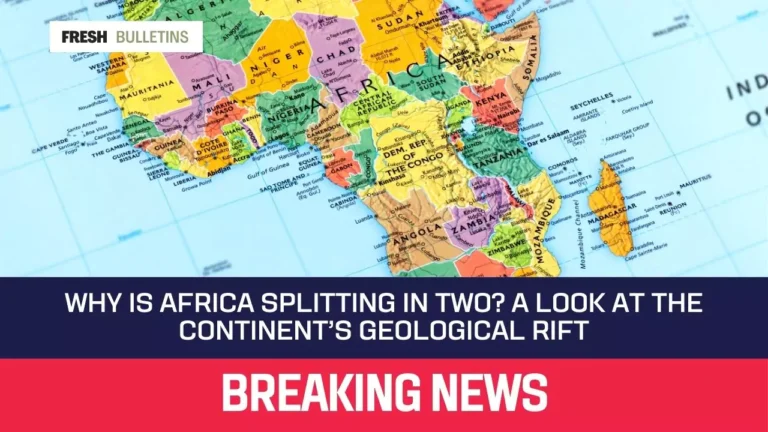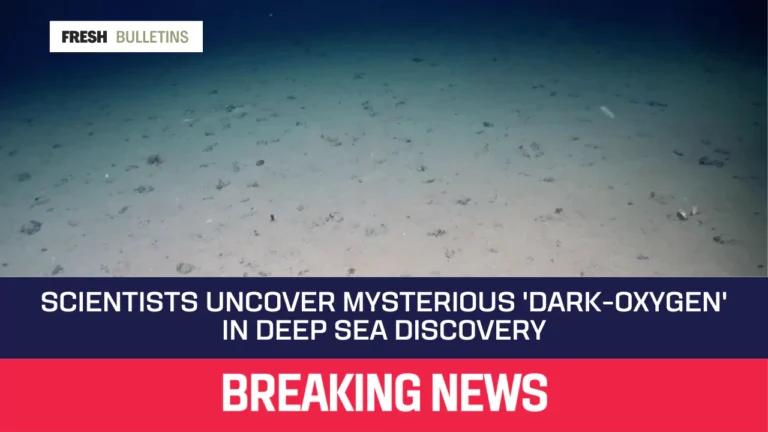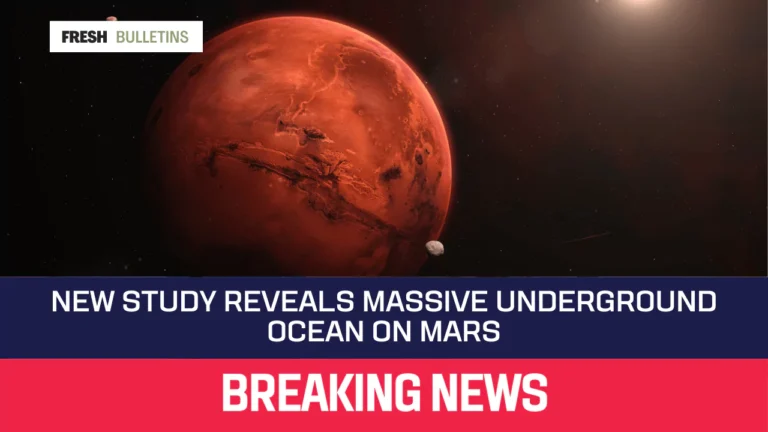A Meteorite 200 Times Bigger Than the Dinosaur-Killer Boosted Life on Earth
Around 3.3 billion years ago, a huge meteorite struck Earth. This rock was about 200 times bigger than the one that ended the dinosaurs. Instead of hurting life, it helped life explode and grow in ways scientists are still discovering.
What Happened During the Impact?
When the giant meteorite hit our planet, it caused a massive tsunami. The waves churned the ocean floor. This event created a lot of destruction. However, it also mixed up ocean water, bringing elements like iron and phosphorus to the surface. These elements were important for early life to thrive.
The collision caused a lot of heat. It heated up the ocean’s surface, making a thick cloud of dust. For a while, this dust blocked the sun. Even so, tiny living things called bacteria managed to stay alive. They quickly got used to their new surroundings.
The Role of Iron and Phosphorus
Iron and phosphorus are essential for life. After the meteorite hit, iron rose from the deep ocean because of the tsunami. This brought it to shallower waters. Bacteria that consumed iron started to grow rapidly. They had new food sources that appeared after the impact.
Erosion from land also added more phosphorus to the oceans. The combination of iron and phosphorus helped a certain type of bacteria thrive. This shift helped early life forms survive and grow.
The Environment After the Impact
The world looked different after the meteorite strike. The ocean was chaotic. Waves caused by the impact shifted sand and sediment. These changes created new habitats for bacteria.
The bacteria found ways to live in these new conditions. They became more varied and multiplied. It was a golden age for these unicellular organisms. They managed to survive even in tough situations, which allowed them to expand.
Why This Event Matters
This meteorite strike was a crucial moment in Earth’s history. While many think of impacts as harmful, this one changed how tiny life forms evolved. Scientists believe big impacts could help create life.
The research conducted in places like South Africa shows how significant these events can be. By studying old rock samples, scientists can learn a lot about Earth’s early life. They are investigating what happened after this impact to find out more about the past.
The Scientific Discovery
The team led by geologist Nadja Drabon worked hard to find old evidence of this event. They examined rock samples carefully. Their study revealed how the meteoric impact helped life flourish despite the destruction it caused.
This finding reveals a new understanding of how life can respond to disasters. Instead of ending life, big impacts might create new chances for growth. Learning about this helps scientists uncover mysteries about our planet’s history.
Conclusion
The meteorite that hit Earth 3.3 billion years ago changed everything. It was much larger than the one that wiped out the dinosaurs. Instead of bringing doom, it opened doors for bacteria to thrive. This event shows that sometimes, destruction leads to new beginnings. Such discoveries change how we understand the early chapters of life on Earth. Scientists will continue to explore how these events shape life even today.

